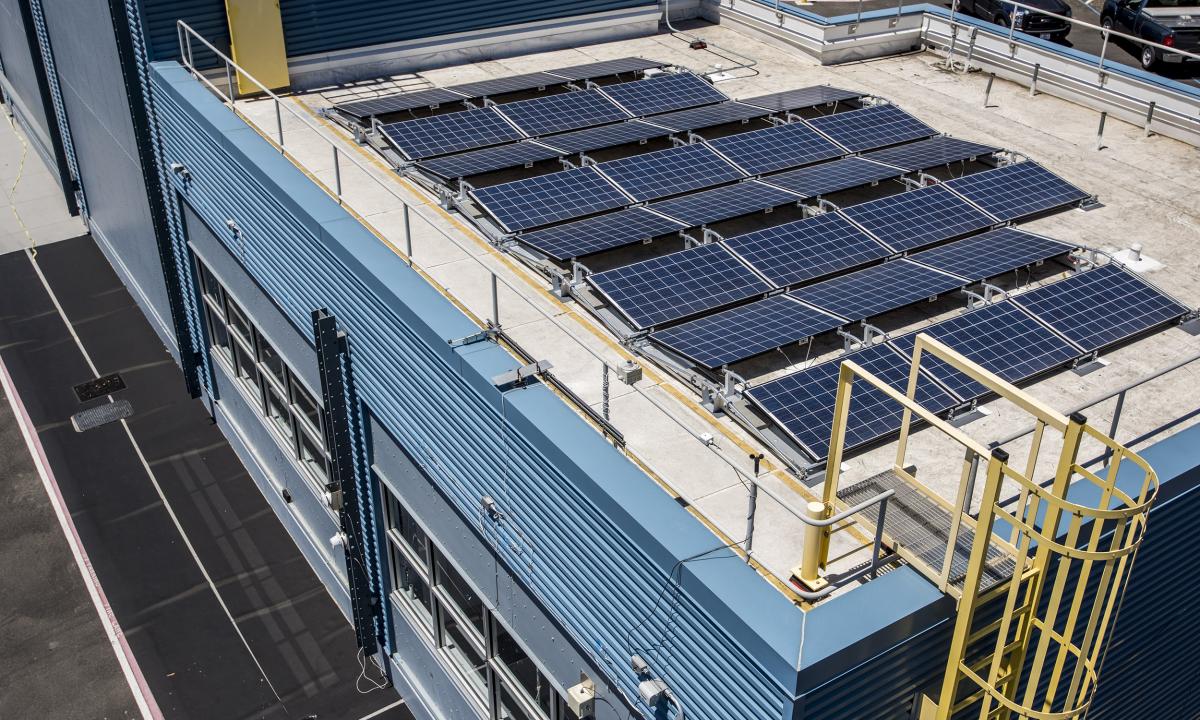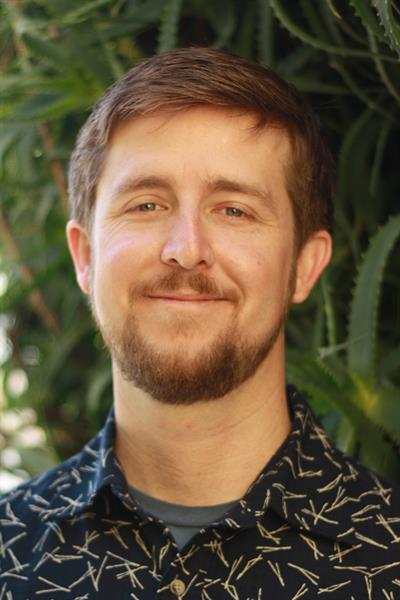DER Control for Distribution Systems
DER Control for Distribution Systems
DER Control for Distribution Systems
Distributed Energy Resources (DER) are being deployed at large scale in many areas throughout the world. Often these resources are deployed by third parties interested in reducing their marginal cost and/or life-cycle cost for electricity, managing risk of grid outages for critical infrastructure. However, capital costs for these resources are often expensive, and their existence can put strain on traditional grid assets designed to handle uni-directional power flow to satisfy load at the grid edge.
Grid operators can either rely on constructing a system that is robust to these new resources, at great expense, or they can attempt to harness these grid edge resources to manage power quality and cost issues they create. Industry, regulators, and market makers are interested in managing the power quality and cost issues that DERs create, but they need to be leveraged in a way that coordinates the sometimes conflicting needs of every level of grid management, from wholesale markets and transmission to distribution systems and utility programs. The Grid Integration Group (GIG) develops control and optimization approaches to help navigate these conflicting objectives and to support all levels of power grid operations.
What We Do
We develop control and optimization approaches to manage DER to provide power systems services at minimal cost. Our work employs spatio-temporal hierarchical controls, consistent with wholesale market timelines, to utilize DER for various power systems needs. Power flow  driven optimization problems couple DER (including Photovoltaics, Batteries, Electric Vehicles and Demand Response) operations with distribution voltage and power management with wholesale market-based energy and ancillary services to simultaneously unlock value at multiple levels. We employ both centralized and distributed real-time control techniques. Our researchers pioneered a real-time, distributed, model-free control method, called Extremum Seeking, for power system applications.
driven optimization problems couple DER (including Photovoltaics, Batteries, Electric Vehicles and Demand Response) operations with distribution voltage and power management with wholesale market-based energy and ancillary services to simultaneously unlock value at multiple levels. We employ both centralized and distributed real-time control techniques. Our researchers pioneered a real-time, distributed, model-free control method, called Extremum Seeking, for power system applications.
Our applications are tested in simulation and in Hardware-in-the-Loop at Berkeley Lab’s FLEXGRID. FLEXGRID is a facility with Photovoltaic and Battery inverters connected to a grid emulator that is run by an OpalRT real-time simulator. FLEXGRID allows distributed controllers to be integrated with the hardware they control in order to evaluate performance.
Projects and Tools

